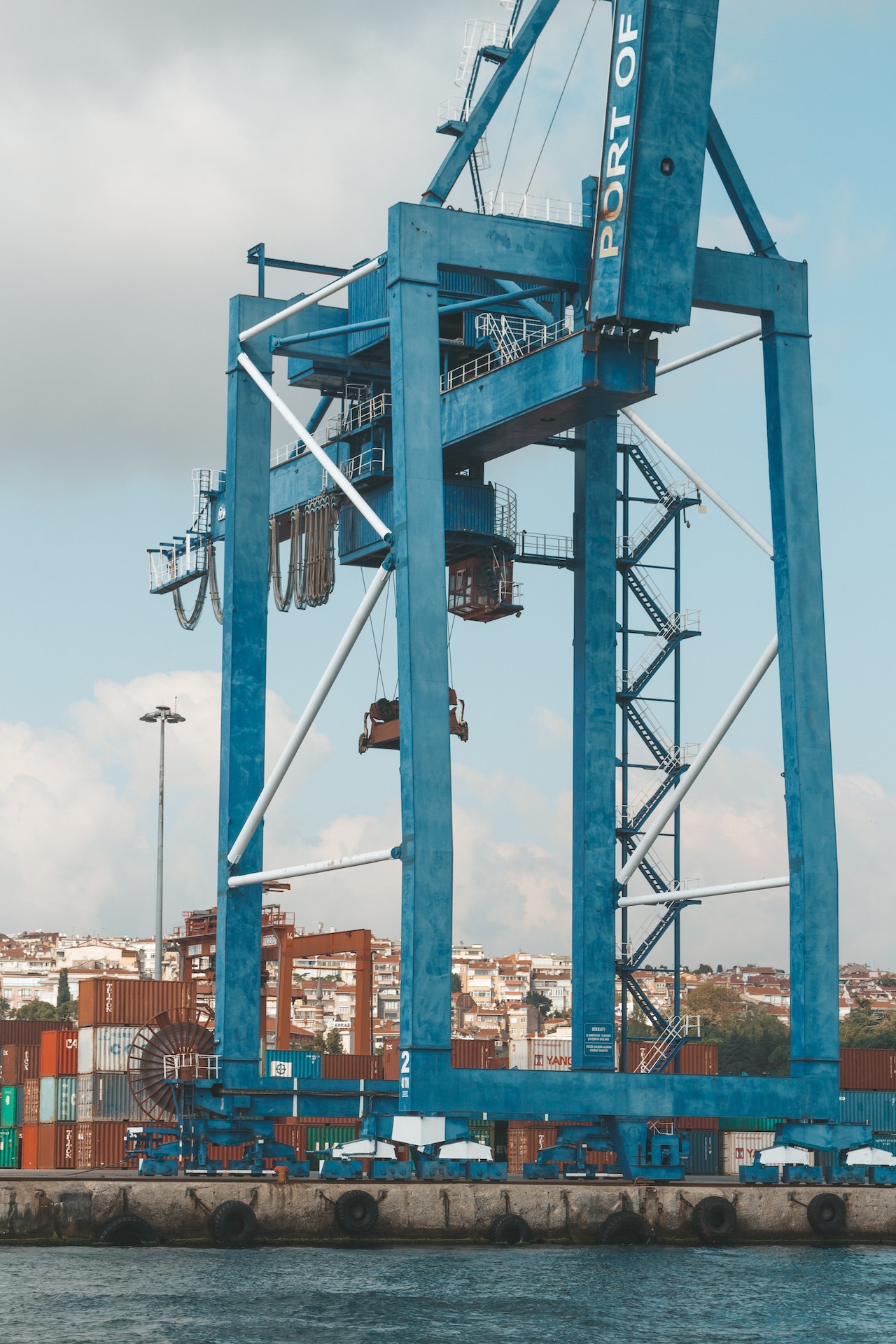What is Transloading?
Transloading is a logistics process that involves transferring cargo from one mode of transportation to another. This can include transferring cargo from a ship to a truck, from a train to a barge, or from a truck to a rail car. The main purpose of transloading is to optimize the transportation of goods by using the most efficient mode of transportation for each leg of the journey.
Transloading serves as a pivotal link in the supply chain, seamlessly transitioning goods between different modes of transportation. Imagine a scenario where a shipment of goods arrives at a port via a cargo ship. Instead of directly loading these goods onto trucks for inland transportation, they are transloaded onto trucks at the port itself. This process allows for greater flexibility in transportation routes, enabling the utilization of more efficient modes of transit for each leg of the journey.
For instance, certain goods may be better suited for transportation via rail over long distances due to cost-effectiveness and reduced carbon footprint. In this case, transloading facilitates the transfer of goods from trucks to rail cars at designated terminals or depots. Similarly, if a waterway offers a more economical and environmentally friendly route for transporting goods to their final destination, transloading can facilitate the transfer from rail or truck to barges.
Transloading operations are strategically positioned at key transportation hubs to optimize the flow of goods and minimize overall transportation costs. By leveraging the strengths of different transportation modes, transloading enhances efficiency, reduces transit times, and ultimately contributes to the smooth functioning of global supply chains.
